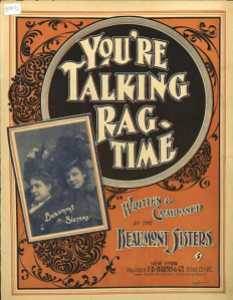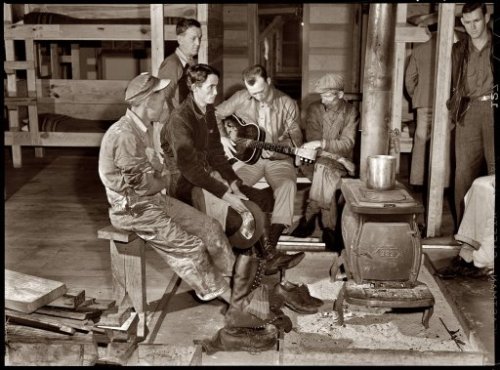Routledge inaugurated the series Routledge research in music in July 2011 with Music, science, and the rhythmic brain: Cultural and clinical implications, edited by Jonathan Berger and Gabe Turow.
The collection focuses on the effects of repetitive musical rhythm on the brain and nervous system, integrating diverse fields including ethnomusicology, psychology, neuroscience, anthropology, religious studies, music therapy, and human health. The authors present aspects of musical rhythm and biological rhythms, and in particular rhythmic entrainment, in a way that considers cultural context alongside theoretical research and discussions of potential clinical and therapeutic implications.
Considering the effects of drumming and other rhythmic music on mental and bodily functioning, the authors show how rhythmic music can have a dramatic impact on mental states, sometimes catalyzing profound changes in arousal, mood, and emotional states through the stimulation of changes in physiological functions like the electrical activity in the brain.
Included are discussions of experiments using electroencephalography (EEG), galvanic skin response (GSR), and subjective measures to gain insight into how these mental states are evoked and what their relationship is to the music and the context of the experience, demonstrating that these phenomena occur in a consistent and reproducible fashion and suggesting clinical applications.













